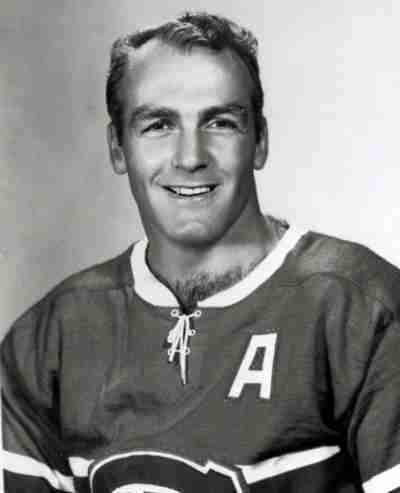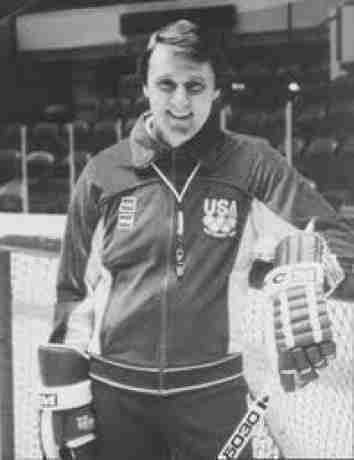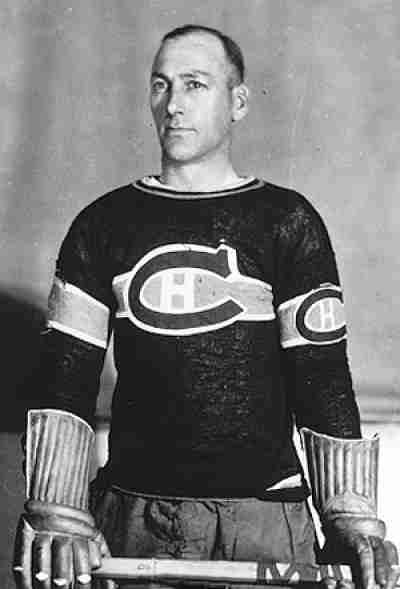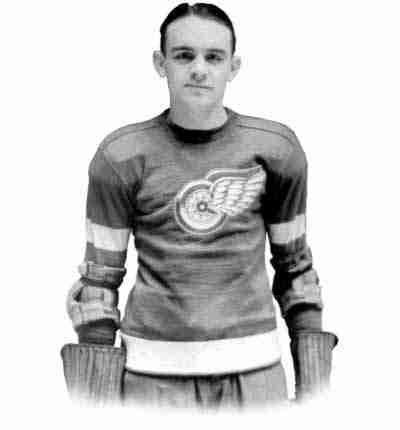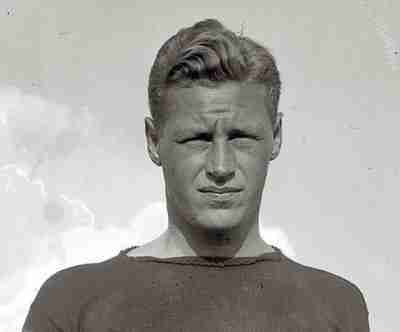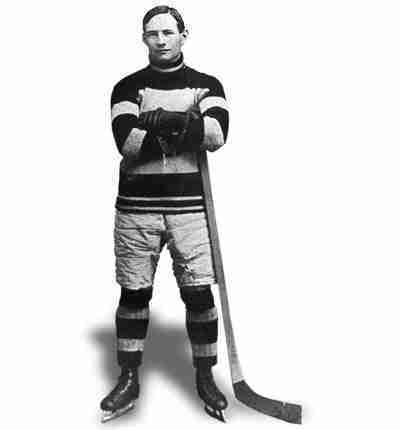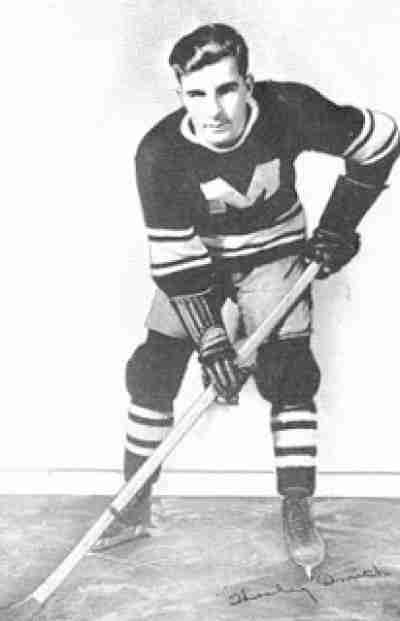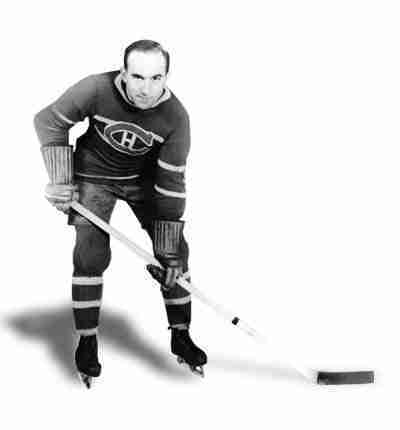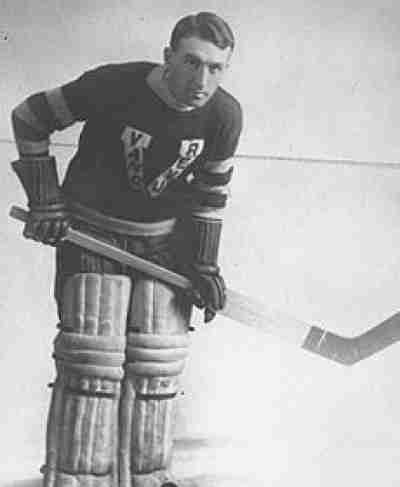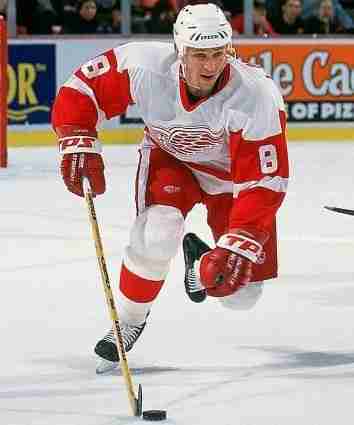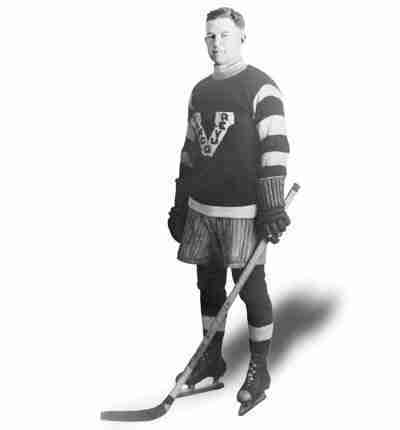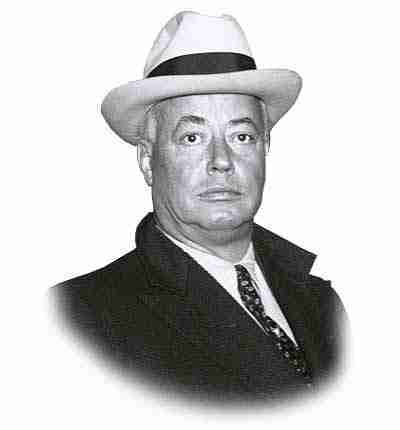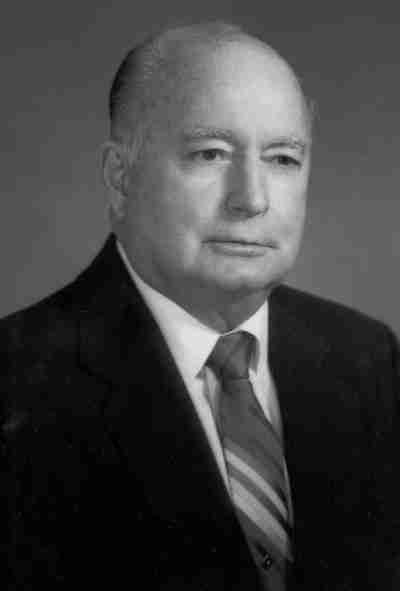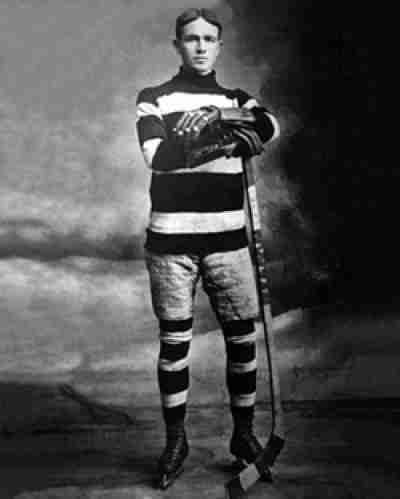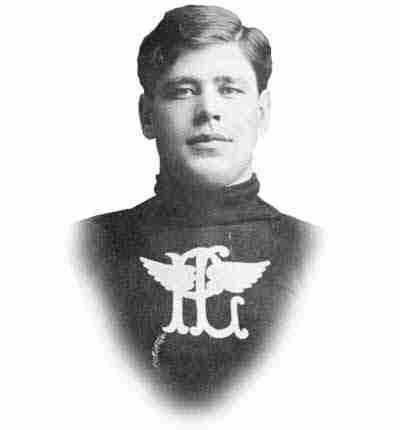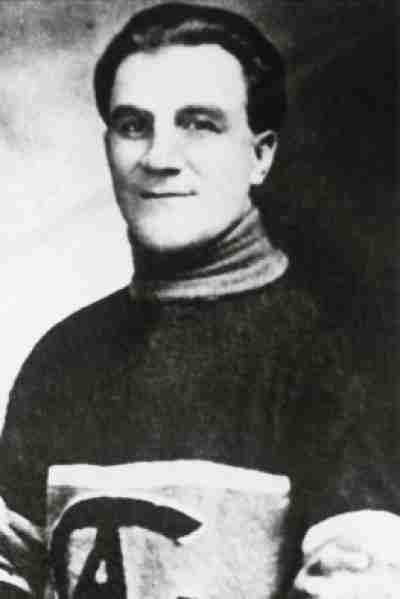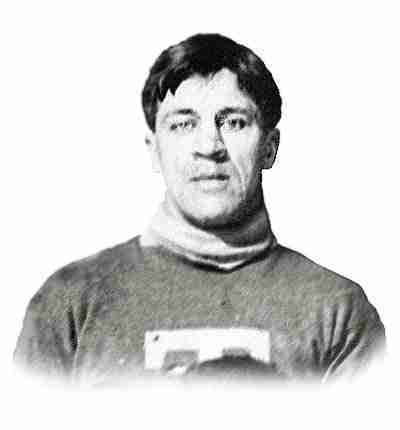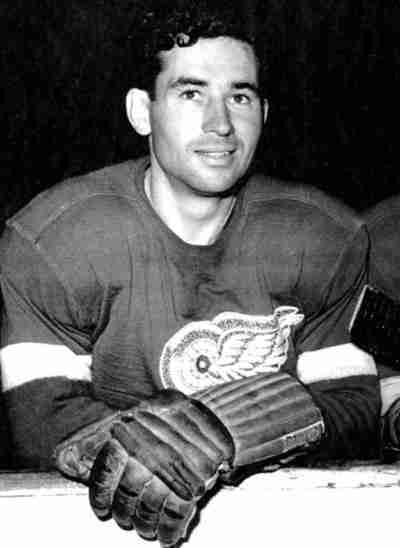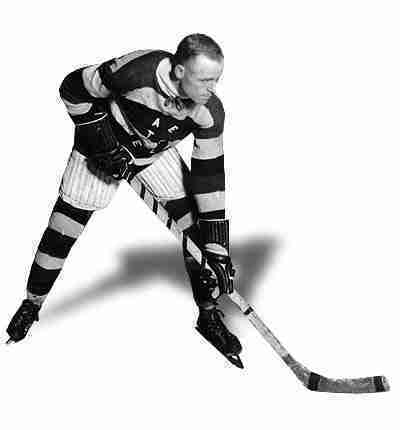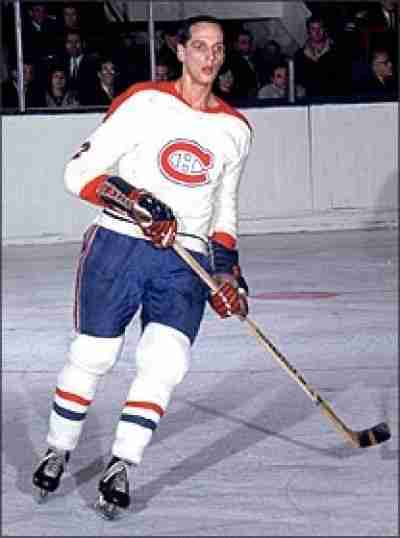Dubbed the “Pocket Rocket” due to being the younger (and shorter) brother of Maurice ‘Rocket” Richard, Henri Richard may have been in the shadow of his more famous brother, but he was one gifted hockey player in his own right.
The architect of the “Miracle on Ice”, Herb Brooks assembled and coached the United States to the impossible: a Gold Medal in the 1980 Winter Olympics which included a semi-final victory over the most powerful International Team in Hockey, The Soviet Union. That alone is worth enshrinement to the Hockey Hall of Fame, but Brooks did have a decent run as the Head Coach of the New York Rangers and coached the Americans to a Silver Medal at the 2002 Winter Olympics. Herb Brooks was inducted into the Hockey Hall of Fame posthumously in 2006.
Herb Gardiner did not enter the National Hockey League until he was 35 years old. It was not because he wasn’t good enough, as he certainly was, but in the early 20’s, Hockey had multiple talented leagues and he chose to ply his trade for the Western Canadian Hockey League and was the defensive star for the Calgary Tigers and won the league title there in 1924. When the league collapsed, Gardiner joined the Montreal Canadians and despite his advanced age, was alleged to have played every minute for the Habs in that 44 game season and won the Hart Trophy. Although his play declined after, Gardiner remained in the NHL for a few more years and rightfully took his place in the Hall of Fame for his stellar defensive work in hockey.
The second inductee from the “Veterans” Category is even more suspicious than the first. Herbie Lewis had proven to be a decent forward for the Detroit franchise in the 1930’s, but did he do anything that was really of Hall of Fame note? He was part of two Stanley Cup winning teams, and was a very good post season performer, but realistically Lewis is a candidate for the “Hall of Very Good” and not a “Hall of Fame”.
The only member of the Hockey and American College Football Hall of Fame, Hobey Baker also shatters the myth that the early stars of Ice Hockey were only Canadians. Baker could do it all. Starring for both Princeton’s Hockey and Football teams and was one of the most revered athletes of his time. The first legitimate star of American Hockey also was the first American inducted into the Hockey Hall of Fame (and also headlined the first class in the United States Hockey Hall). Posthumously, the NCAA created the Hobey Baker Ward, which is given to the best collegiate hockey player. They could not have chosen a better man to name it after.
Another player from the inaugural Hockey Hall of Fame class from Ottawa, Hod Stuart may have played on multiple teams for various leagues, but don’t confuse him for a journeyman. Stuart was a star defenseman everywhere he went, and like many in his day was a very good athlete in other sports (Stuart also played football with the Ottawa Rough Riders). By all accounts, he was a class act and an early champion for salaried leagues and equitable pay. Stuart was also a major advocate for clean hockey as he was very much against the violent turn that the sport had taken, and governed his actions on the ice accordingly. He would win his lone Stanley Cup with the Montreal Wanderers in 1907 but would not have much time to enjoy it. Stuart retired from the game at the age of 28 (though he easily could have returned) and took a job with his father doing construction. A freak diving accident (he hit his head on the rocks in the Bay of Quinte as he was unaware that they were there) killed him instantly. A memorial game was put in place the following year that featured the Wanderers against an All Star team of ECAHA stars. It is considered the first All Star game in Hockey.
The last surviving member of the famed “S’ line for the Montreal Maroons, Hooley Smith was the captain for the Maroons last Stanley Cup in 1935. Smith was considered one of the more complete players in the NHL, as his goal scoring acumen as matched by his ability to deliver devastating checks. This overall skill made Smith a legitimate two way star and it elongated his career in pro hockey as a defensive specialist.
Many have stated that Howie Morenz is the first true superstar of the National Hockey League. They may very well be right.
A longtime goaltender in Vancouver’s early history of hockey, Hughie “Old Eagle Eyes” Lehman appeared in eight Stanley Cup championships, although he only won once. Regardless of his poor finals record, Hughie Lehman was a still a very good backstopper who is credited for being the first to rush outside of his net and move the puck forward in what was then an unconventional way. Lehman did make it to the NHL in his early forties and had a productive season for Chicago.
Igor Larionov was one of the top players for the Soviet Union in the 1980’s and was the Centre for their top line; the famed “KLM Line”, alongside Vladimir Krutov and Sergei Makarov. They were the dominant force in International Hockey that decade, but Larionov longed to test his skills in the National Hockey League. He was an outspoken critic of the Soviet hockey regime and due to the necessity of funds for the Soviet Sports bureau, a deal was brokered where Igor and many of his talented “comrades” would get to play in the NHL.
The only man who is on the Stanley Cup as a player, Coach and a General Manager, Jack Adams may have been inducted as a player in 1959, but if the Hall allowed for multiple inductions, Adams would have been enshrined as many times as he appears on the Cup.
We are not sure that we completely agree with the Builder’s Category selection of Jack Bickell. He came into Hockey with an investment to stabilize the Toronto St. Pats and was essentially the silent partner. Later, the team was purchased by Conn Smythe and rechristened the Toronto Maple Leafs, and Bickell was convinced by Smythe to still serve in the same capacity. He was not exactly the silent partner in the creation of the fabled Maple Leaf Gardens, where his financial support and tireless efforts ensured that it came to fruition. Smythe would appoint Bickell as the Garden’s first President and later the Chairman of the Board. Maple Leaf Gardens is a vital place in Hockey’s history, but does a silent partner in a hockey franchise really belong in the Hall of Fame?
Slowly working his way up the American Hockey League’s organizational ladder, Jack Butterfield would become the man that ensured that league’s survival. It was because of Butterfield that the AHL would be set up as the primary minor league in North America, and the defacto feeder system to the NHL. His work as an administrator also translated to the economic side, as he was able to not only make the AHL profitable, but a standard that other leagues looked to emulate. Butterfield was inducted while he was still the President of the AHL, a position he would hold for another fourteen years (he had already been the President for fourteen years). You have to wonder where the American Hockey League would be without Jack Butterfield.
It has to be safe to say that Jack Darragh loved the city of Ottawa. He was born there, died there, and played his entire Hockey career with the Ottawa Senators. A very intelligent player with a wicked backhand shot, Darragh helped the Sens win four Stanley Cups. He was far from the best player on his team, but as a proven winner, he entered the Hockey Hall of Fame.
A decent Hockey player himself, Jack Gibson entered the Hockey Hall of Fame in the builders category for his early organizing ability during the infancy of organizing the game. Gibson starred, and recruited and formed a very good Portage Lake squad, but it was in Northern Michigan where his contributions to the game really came to life. Gibson was the brainchild behind the International Hockey League, which was the first professional league for the sport. Although most of the teams were in Michigan, the league had teams in Pittsburgh and Sault Ste. Marie, Ontario. The league did not last long as professional hockey emerged in Canada, and many of the top players that Gibson lured from north of the border returned home.
Although he was born in Ontario, Jack Laviolette moved to Quebec at a young age and became one of the first true French Canadian stars in Hockey. His first taste of pro hockey was in Michigan, but he returned to Montreal and was a long time player with the Shamrocks and later the fabled Montreal Canadians. He was a decent Defenseman, a good leader and a popular competitor among fans and peers. A car accident in 1918 would end his career a couple of years early as his right foot was amputated.
An amazing all around athlete (he excelled in multiple sports); Jack Marshall was practically married to the Stanley Cup. He remains the only player in the history of the game to win the Cup with four different teams, and was a solid contributor to all of them. His consistent goal scoring was always valued and it is a little curious why he was not inducted a year or two sooner.
“Black” Jack Stewart was named rough play and powerful bodychecks. Stewart was a stabilizing force for the Detroit Red Wings in two championship seasons and was named to three First Season All Star Teams. Stewart was not only tough, but was an intelligent player as he rarely made any mistakes in his end and was near perfect at clearing the puck. He may not have been much of a scorer, but he put so much fear in opposing skaters that few of them ever scored when he was on the ice. They don’t make them like Jack Stewart anymore.
Credited with bringing the hook check to Hockey, Jack Walker emerged from the lake region of Ontario to land three Stanley Cups with three different teams. Walker was a very good defensive forward who may never have been the best player on his team, but was someone who did the intangibles necessary to bring home championships. His skill set, despite the era, was one useful to any team.
Another key part of the Montreal Canadians dynasty of the 60’s, Jacques Laperriere brought a stable presence on the Habs blue line. He was a player who rarely made mistakes and was able to position himself perfectly to stifle attackers and strip them of the puck. He was not a goal scorer, but had respectable assist totals and was the ignition for many counter attacks. Laperriere won the Norris Trophy in 1966 and was a post season All Star four times. Most importantly, he hoisted the Stanley Cup over his head five times as a player and was a big reason those squads were able to do so.


